Image of 1972 Plymouth Fury I, sourced from www.oldcarsweekly.com , Image Link.
Performance Metrics
Fundamental Metrics
Emotional Appeal
MMP Rating
| Engine Specifications | |
|---|---|
| Engine: | 225 cu in (3.7 L) I6, 318 cu in (5.2 L) V8, 360 cu in (5.9 L) V8, 400 cu in (6.6 L) V8, 440 cu in (7.2 L) V8 |
| Displacement: | 225-440 cu in (3.7-7.2 L) |
| Horsepower: | 110-280 hp (approximate) |
| Torque: | 185-480 lb-ft (approximate) |
| Compression Ratio: | 8.4:1 - 10.1:1 (approximate) |
| Ignition System: | Conventional breaker-point ignition system |
| Cooling System: | Liquid-cooled |
| Performance Specifications | |
| 0-60 Time: | 8-10 seconds (approximate) |
| 1/4 Mile Time: | 16-18 seconds (approximate) |
| Top Speed: | 115-130 mph (approximate) |
| Transmission and Drive | |
| Drive Type: | Rear-wheel drive |
| Transmission Type: | 3-speed manual, 3-speed TorqueFlite automatic |
| Fuel and Efficiency | |
| Fuel System Type: | Carburetor |
| MPG: | 10-15 mpg (approximate) |
| Dimensions and Brakes | |
| Brakes: | Front disc, rear drum |
| Wheelbase: | 120 inches |
| Weight: | 3,500-4,000 lbs (approximate) |
Note: Specifications for classic cars are given to the best of our ability, considering the limited and variant data available.
1972 Plymouth Fury I: A Testament to American Automotive Heritage
The 1972 Plymouth Fury I emerges from the annals of automotive history as a symbol of American resilience and innovation. Born in an era where size and comfort were king, the Fury I was Plymouth's answer to the demands of a changing market. As a product of the Chrysler Corporation, this model carried the legacy of a brand renowned for its engineering prowess and design boldness. The Fury I, in particular, stood out with its unique blend of practicality and style, making it an intriguing subject for car enthusiasts and historians alike.
Design and Innovation
The 1972 Plymouth Fury I boasted an exterior that exuded strength and confidence, with its long hood, prominent grille, and wide stance. The car's lines were a blend of muscularity and elegance, a testament to the design ethos of the early '70s. Inside, passengers were greeted with a spacious cabin featuring durable materials built to withstand the test of time. Technological features such as optional air conditioning and AM/FM radios were considered luxuries that added to its appeal. Color options ranged from subdued earth tones to more vibrant hues, with popular choices reflecting the personality of the era. Body styles varied from sedans to coupes, but it was the four-door sedan that became synonymous with reliability and family-friendly utility.
Historical Significance
The Fury I's impact on automotive design was subtle yet significant. It encapsulated the transition from the flamboyant '60s to a more restrained aesthetic that would define the '70s. This model set itself apart with its no-nonsense approach to motoring—eschewing excessive ornamentation for straightforward functionality. Its influence can be seen in later models that prioritized practicality over pomp.
Performance and Handling
Performance-wise, the 1972 Plymouth Fury I was respectable for its class, with engine options that provided adequate power for everyday driving. While top speed and acceleration figures were not groundbreaking—with 0-60 mph times that wouldn't dazzle today's enthusiasts—the Fury I delivered a smooth ride that prioritized comfort over sportiness. Handling was predictable, absorbing bumps with ease while providing drivers with a sense of control during longer journeys. The driving experience was characterized by a reassuring rumble from under the hood—a constant reminder of the robust American engineering at play.
Ownership Experience
As a daily driver, the Fury I excelled in reliability; as a show car, it captured nostalgia; and in racing circles, it found life in various modified forms. Maintenance was straightforward for the average owner, thanks to common parts and shared platforms within Chrysler's lineup. Despite this ease of repair, some components have become rarer over time.
Fun Facts
Among trivia enthusiasts, the 1972 Plymouth Fury I holds several points of interest. While not known for any particular records in speed or sales, it did find its way into government fleets—often serving as police cars or other service vehicles. Celebrity ownerships are less common but do add an extra layer of allure when they surface. Criticisms typically revolved around its size during oil crises but have since faded as collectors look back fondly on this era.
Collector's Information
Today's collector market sees varying values for the 1972 Plymouth Fury I. Estimates suggest that tens of thousands were produced across all body styles and trims; however exact numbers are elusive due to limited records from that period. Values range widely based on condition, originality, and historical significance—with well-preserved examples fetching higher prices. Appreciation trends are modest but stable as enthusiasts seek out these icons of American automotive history.
Conclusion
The 1972 Plymouth Fury I stands as a monument to an age where cars were more than just transportation—they were statements about their owners' lifestyles and aspirations. Its enduring appeal lies in its simplicity and reliability—a combination that continues to captivate classic car aficionados around the world.
1972 Plymouth Fury I Catalog of Parts
 1972 Plymouth Fury I Spring and Shackle Bushing. 1" bottom O.D-BN 20Spring and Shackle Bushing. 1" bottom O.D. X 1-5/8" high, with 9/16" I.D. Each
1972 Plymouth Fury I Spring and Shackle Bushing. 1" bottom O.D-BN 20Spring and Shackle Bushing. 1" bottom O.D. X 1-5/8" high, with 9/16" I.D. Each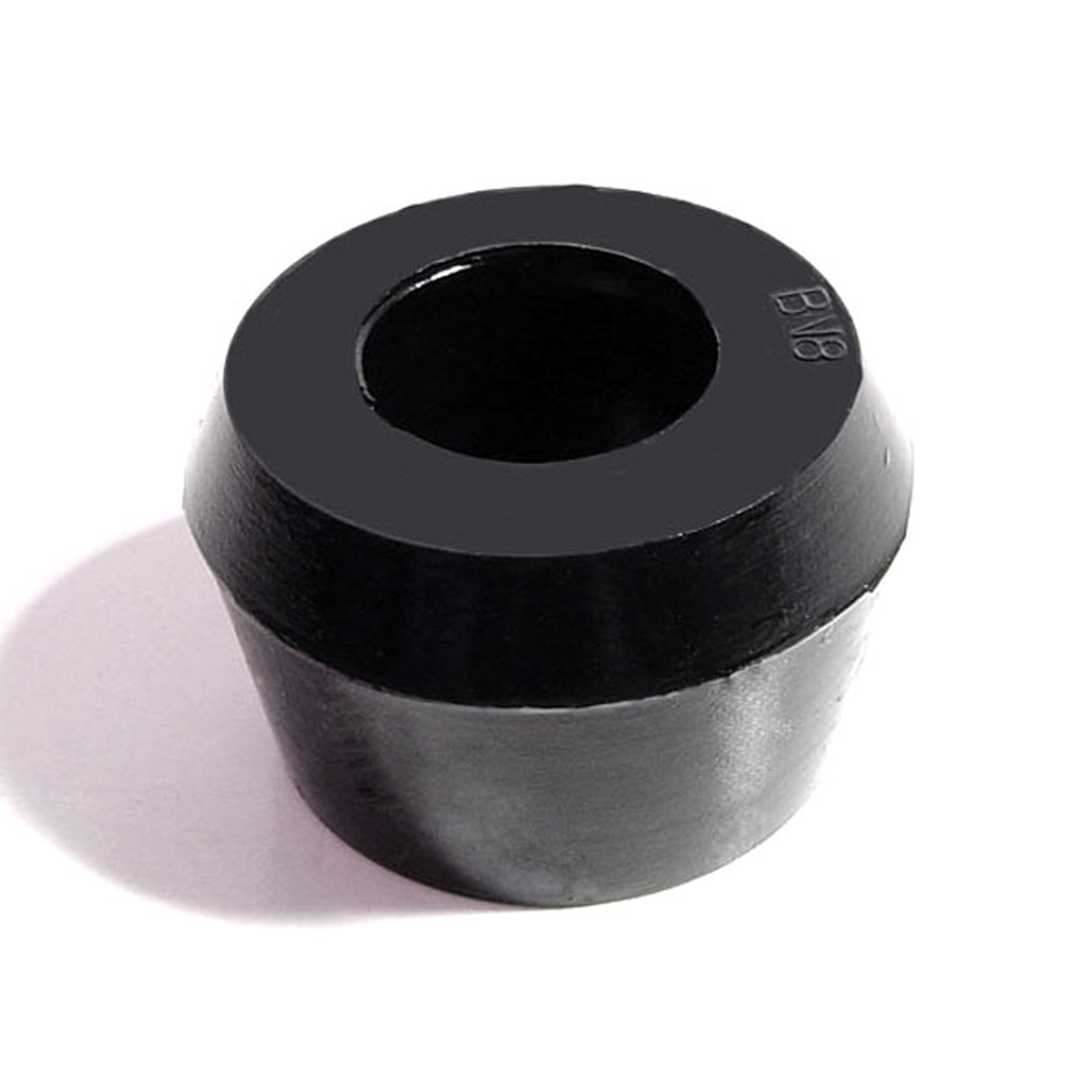 1972 Plymouth Fury I Shock Absorber Grommet. 1-1/4" bottom O.D-BN 8Shock Absorber Grommet. 1-1/4" bottom O.D., 1" high, with 3/4" I.D. Each
1972 Plymouth Fury I Shock Absorber Grommet. 1-1/4" bottom O.D-BN 8Shock Absorber Grommet. 1-1/4" bottom O.D., 1" high, with 3/4" I.D. Each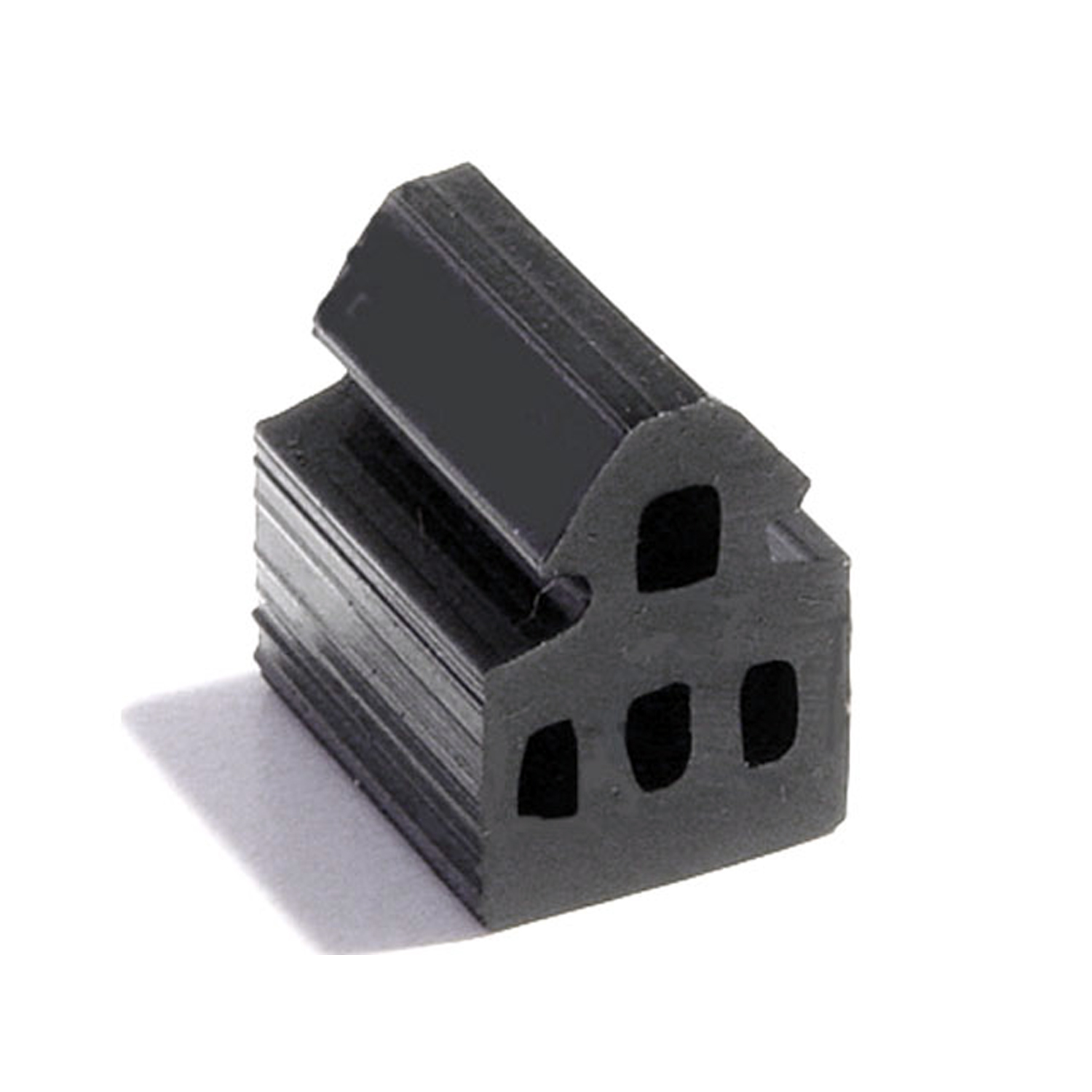 1972 Plymouth Fury I Door Bumper. 5/8" wide, made from extrusion. Each-DB 52Door Bumper. 5/8" wide, made from extrusion. Each
1972 Plymouth Fury I Door Bumper. 5/8" wide, made from extrusion. Each-DB 52Door Bumper. 5/8" wide, made from extrusion. Each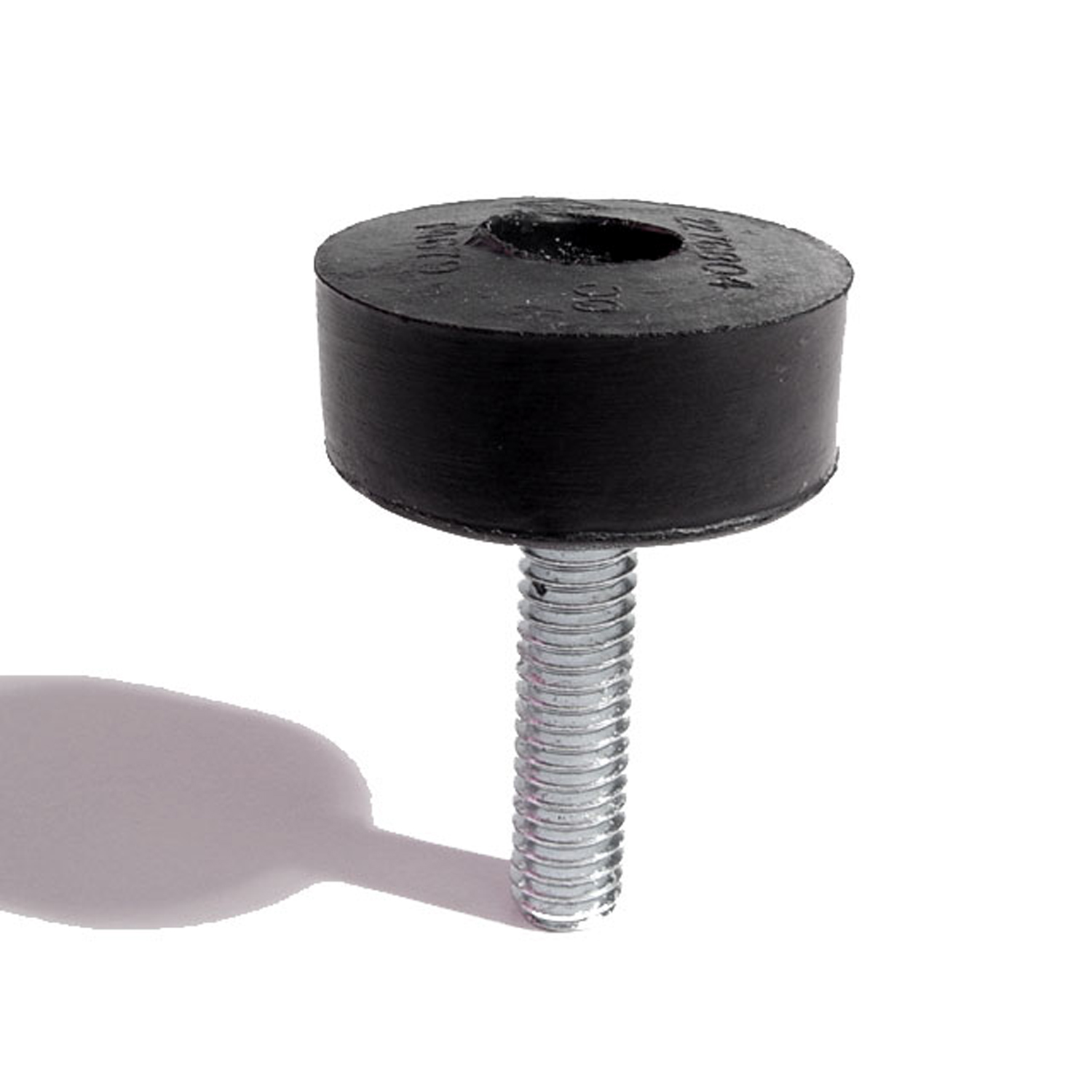 1972 Plymouth Fury I Hood Adjustment Bolt and Bumper-HA 8Hood Adjustment Bolt and Bumper. 1-3/16" diameter rubber head. 5/16" thick X 18 threads/inch X 1-1/4" long bolt. Each
1972 Plymouth Fury I Hood Adjustment Bolt and Bumper-HA 8Hood Adjustment Bolt and Bumper. 1-3/16" diameter rubber head. 5/16" thick X 18 threads/inch X 1-1/4" long bolt. Each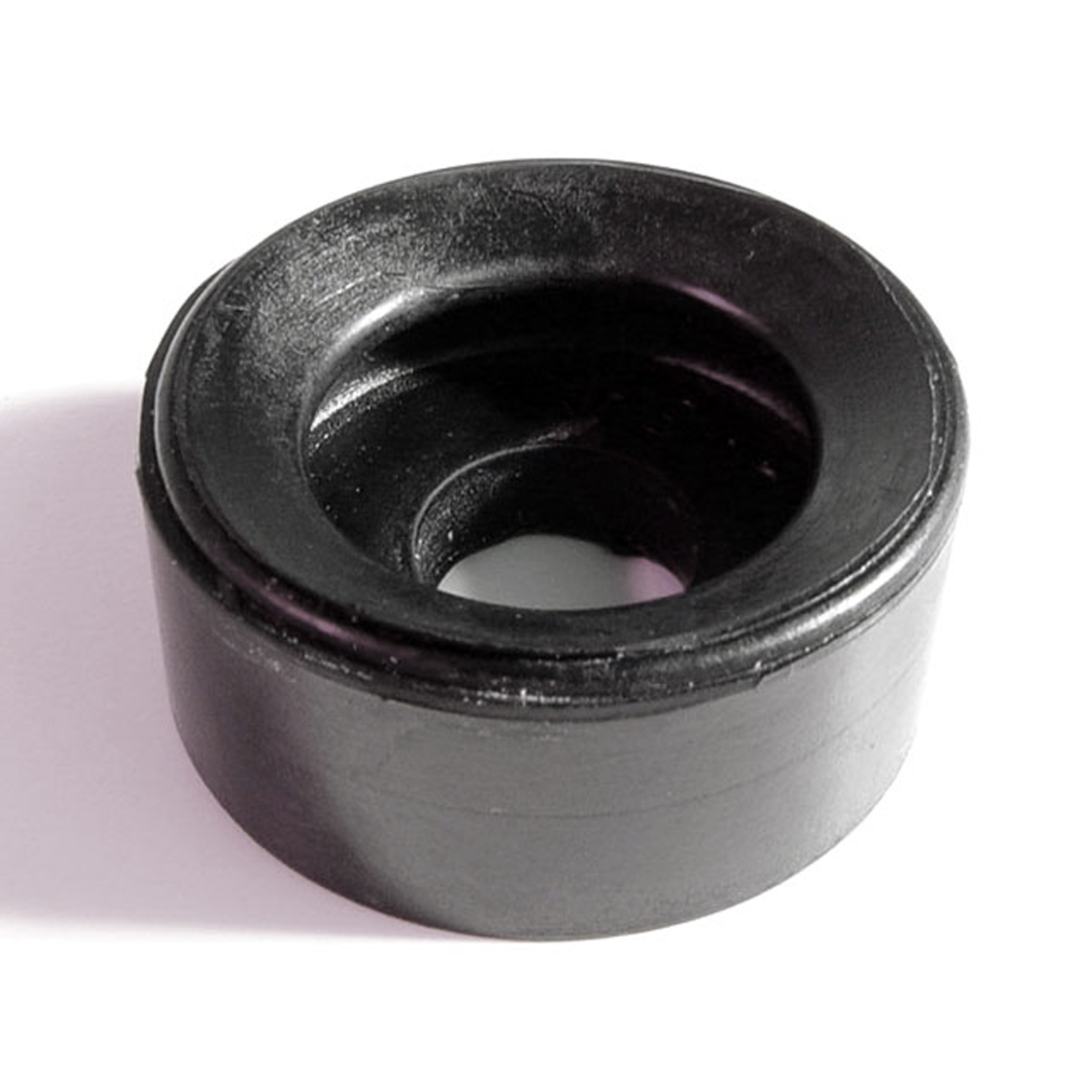 1972 Plymouth Fury I Hood Adjustment Bumper. 1-1/4" O.D-HA 8-AHood Adjustment Bumper. 1-1/4" O.D., 3/4" large hole, 7/16" small hole, 1/2" thick. Each
1972 Plymouth Fury I Hood Adjustment Bumper. 1-1/4" O.D-HA 8-AHood Adjustment Bumper. 1-1/4" O.D., 3/4" large hole, 7/16" small hole, 1/2" thick. Each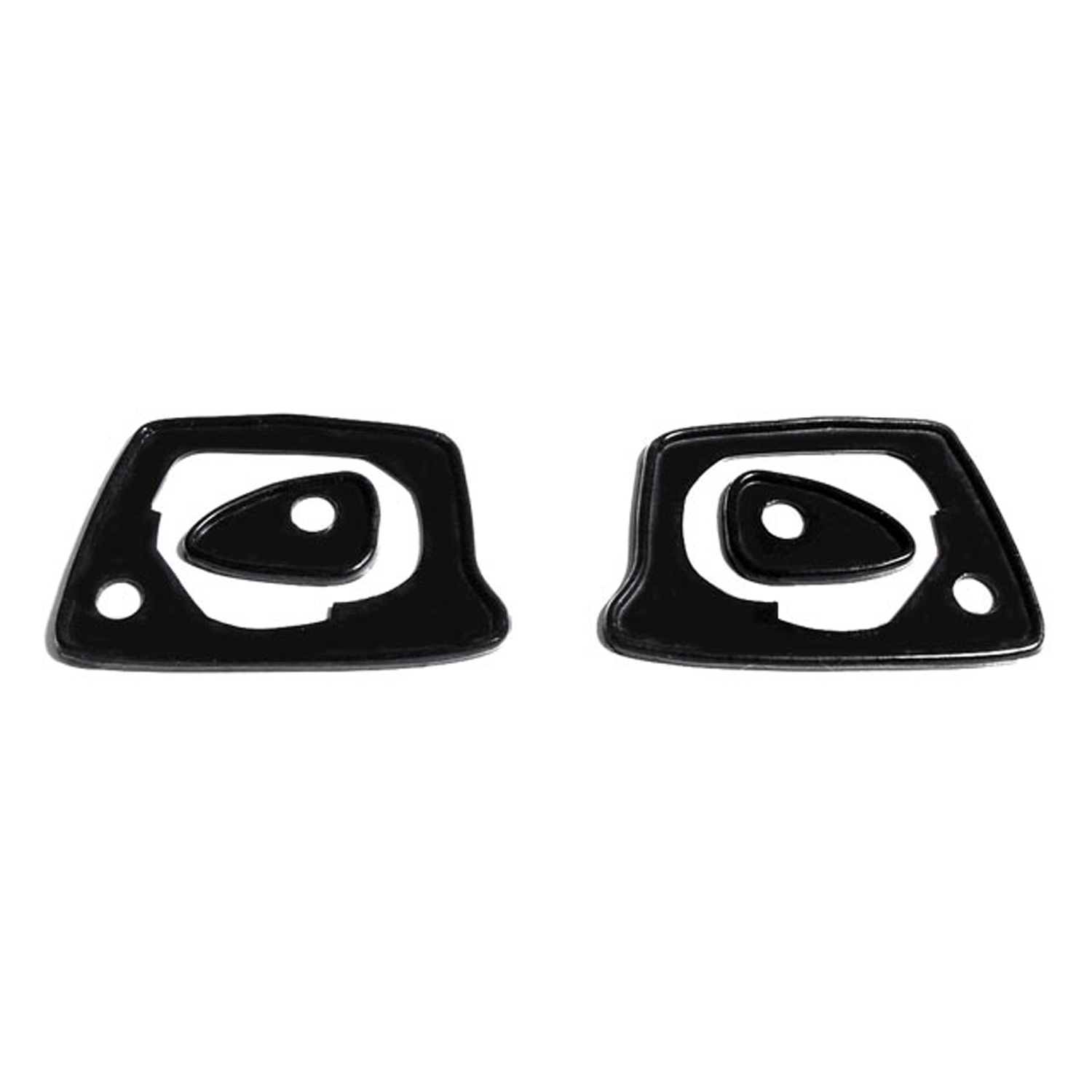 1972 Plymouth Fury I Door handle mounting pads. 2-3/8 in. L x 1-1/8 in. L-MP 959-BDoor handle mounting pads. 2-3/8 in. L x 1-1/8 in. L. 4-piece set. R&L.
1972 Plymouth Fury I Door handle mounting pads. 2-3/8 in. L x 1-1/8 in. L-MP 959-BDoor handle mounting pads. 2-3/8 in. L x 1-1/8 in. L. 4-piece set. R&L. 1972 Plymouth Fury I Drain Flap on Cowl. Each-RP 900-ADrain Flap on Cowl. Each
1972 Plymouth Fury I Drain Flap on Cowl. Each-RP 900-ADrain Flap on Cowl. Each 1972 Plymouth Fury I Nylon Lock Cylinder Gasket. 1-1/4" O.D., 7/8" I.D. Each-UM 2700-104Nylon Lock Cylinder Gasket. 1-1/4" O.D., 7/8" I.D. Each
1972 Plymouth Fury I Nylon Lock Cylinder Gasket. 1-1/4" O.D., 7/8" I.D. Each-UM 2700-104Nylon Lock Cylinder Gasket. 1-1/4" O.D., 7/8" I.D. EachWhy Choose Metro?
For over 100 years, Metro Moulded Parts has been the pinnacle of quality in classic car restoration parts. Our commitment to precision and authenticity in every component ensures a perfect fit and an OEM-level appearance.
- Expert Craftsmanship & Quality: Each part is a testament to our dedication to reliability and perfection, crafted from original designs and thoroughly tested.
- Advanced Technology: We use cutting-edge techniques to create flawless, long-lasting parts that surpass others in performance.
- SuperSoft Sponge – The Ultimate Door Seal: Not only are our door seals 30% softer than competitors', but they're also guaranteed to never leak. They effectively reduce wind and road noise, enhancing your classic car's comfort and driving experience.
- Proudly American: Our parts are a product of American craftsmanship, made in the USA with a spirit of excellence and heritage.
- Unrivaled Warranty: We back our products with a 30-year industry-leading warranty, a testament to our confidence in their quality.
Join us in preserving the legacy of classic cars with parts that are crafted for perfection, not just made.

